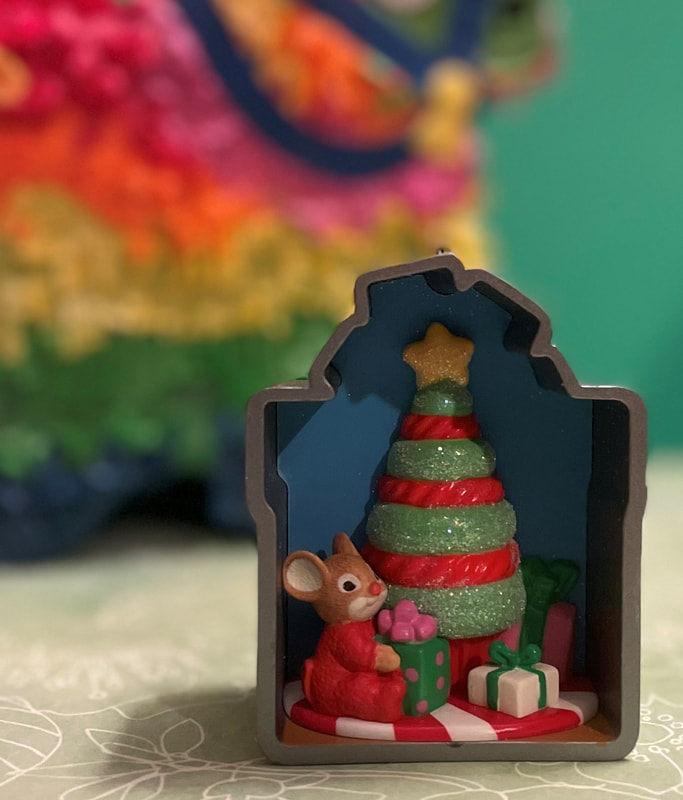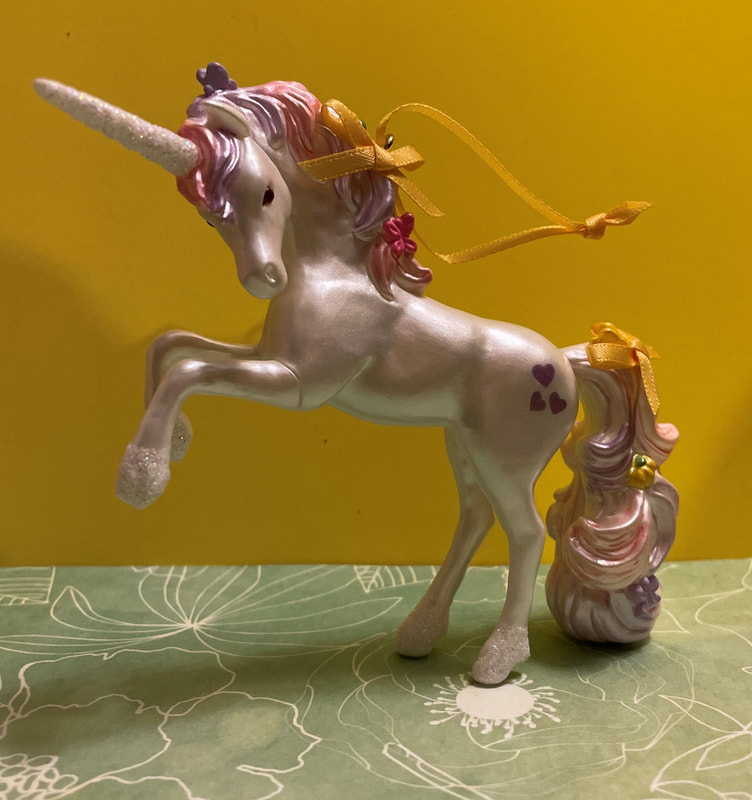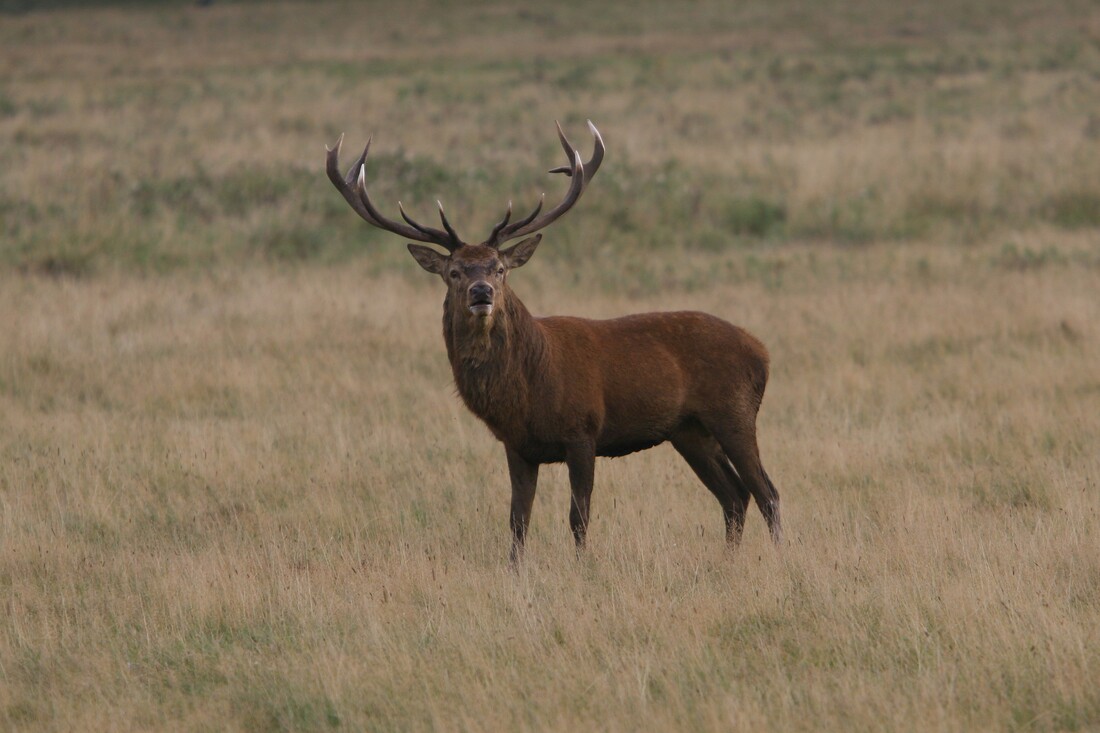0 Comments
This ornament is called "Polar Bear Santa," and is a fitting tribute to the saint we honor today - St. Ambrose. St. Ambrose was the Bishop of Milan from 374 to 397. He was a greatly respected theologian and preacher, and is especially remembered for his fight against Arianism, which held that Jesus Christ did not exist eternally with God the Father but was begotten by God at a later time. Therefore, Arianism does not believe in the revelation of the Trinity, 3 persons of equal stature, but holds a derivative view of the Son. Jesus was "like" God the Father, but not "con-substantive" with the Father.
St. Ambrose is also remembered for his preaching against paganism, especially any pagan cults sponsored by the state. Although not as great a threat to Christianity in the 4th century as earlier, enough pagan sects remained active to cause concern to St. Ambrose and others of the time. St. Ambrose featured prominently in the conversion of another great saint, St. Augustine of Hippo. One could imagine the small bear above could be St. Augustine, lifted and carried along by the older, wiser St. Ambrose. Just as the Polar Bear is carrying a tree, a symbol of St. Ambrose's preaching against paganism, which sought to worship Nature as a god, instead of created by God, we see those same evergreen boughs being carried by the young bear, but changed into the shape of a wreath, an old symbol of victory and immortality. And so, this ornament reminds us that none of us lift ourselves us to glory. Rather, we are always supported by the shoulders, i.e., the work, the prayers, the sacrifices, of those who came before us. It is their lives, their prayers and their inspiration, that bring us closer to God. In the case of these two saints, this support is obvious. Not only was St. Ambrose declared a Doctor of the Church, but so, too, was St. Augustine. In fact, without St. Ambrose, we may never have had a St. Augustine. It is a good idea, then, to think about whose shoulders we seek, whose approval we cherish. Who do we look to for inspiration? For guidance? For wisdom? And does this guidance lift us up, closer to victory, or merely distract us from it?
The sentiment in the scroll, extolling nature, fits in nicely with the Scottish theme for this year. Under his warm fur coat, Santa is wearing a robe that closely resembles one of the more well-known Scottish kilts. Much like the tradition of the Greek fisherman sweaters, the Scottish kilts are each identified with particular clans, most of them from the Highlands.
Kilts originally appeared in the 16th century and were originally ankle length. However, they were eventually shortened to knee length for practicality and ease of use. But it is the staff in Santa's hand that points especially to Scotland. The animal on the top of the staff is not a reindeer, but the mystical Scottish stag. Sir Walter Scott, himself a Scot, penned these words about the stag in his poem "Hunter's Song:" It was a stag, a stag of ten,
The stag, like the Scottish thistle, appears in family crests and shields as a symbol of strength, loyalty, freedom and to a certain extent, wildness, in the inability to be tamed or broken. As anyone who has ever taken a trip to Scotland knows, it only takes a few moments of wandering through the wild Scottish landscape to deeply understand this sentiment.
This Father Christmas reminds us of the beauty, gifts, strength and wildness of nature herself, and the One who made her. Although we have done our best to domesticate God, this ornament reminds us that it can't be done. As C.S. Lewis once commented about his character, the lion Aslan, "He's not a TAME lion," so too, this Father Christmas tells us that our God is not to be subdued and bridled. He's as wild and fierce as the Scottish stag.
|
The BlogDisclaimer:
The images on this website are either my own or are used under the Creative Commons license. No images have been edited, shared, or adapted. A link to each work that I do not own is provided at the bottom of the page. CC License: Archives
March 2024
Categories
All
|














 RSS Feed
RSS Feed
